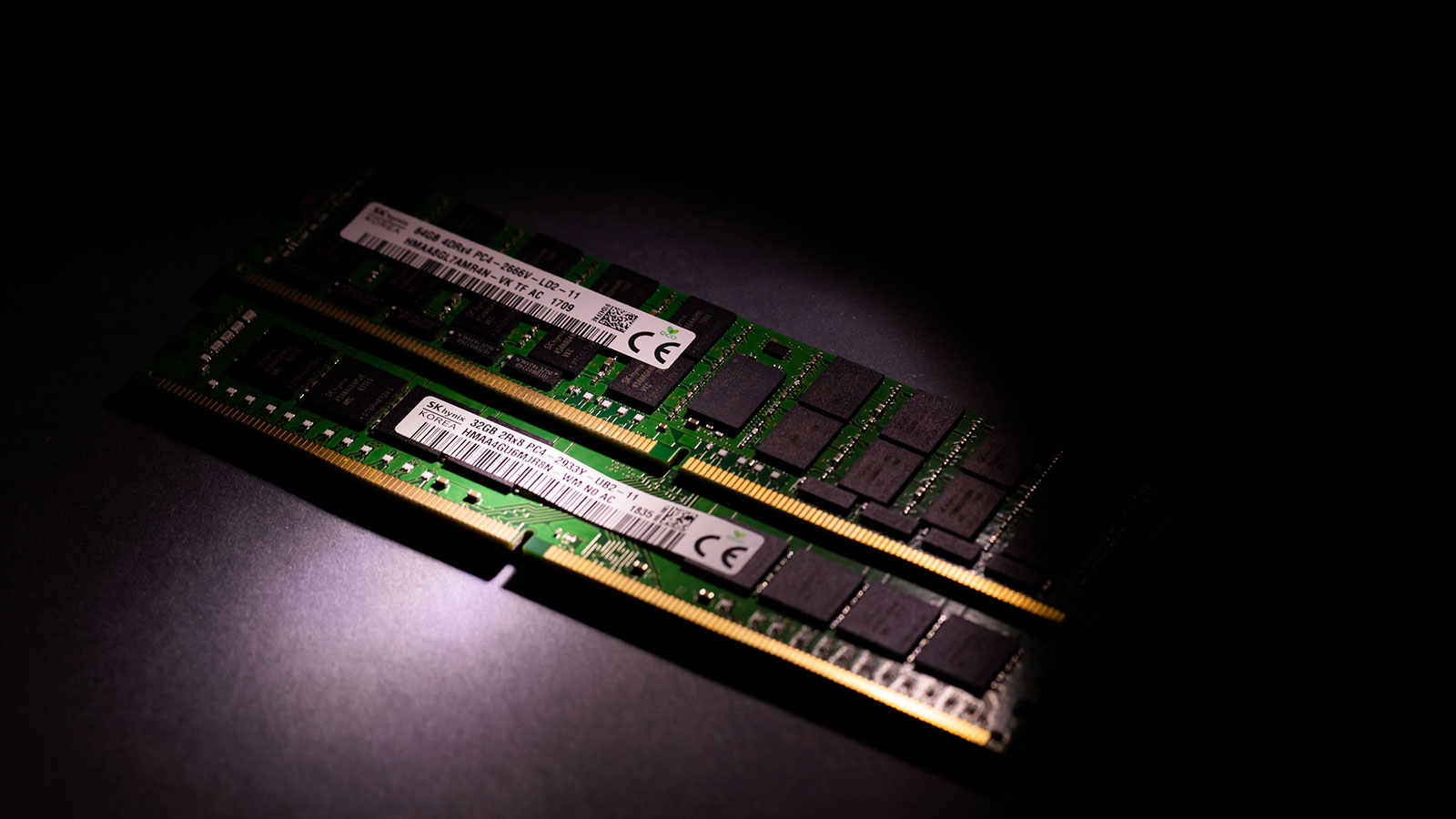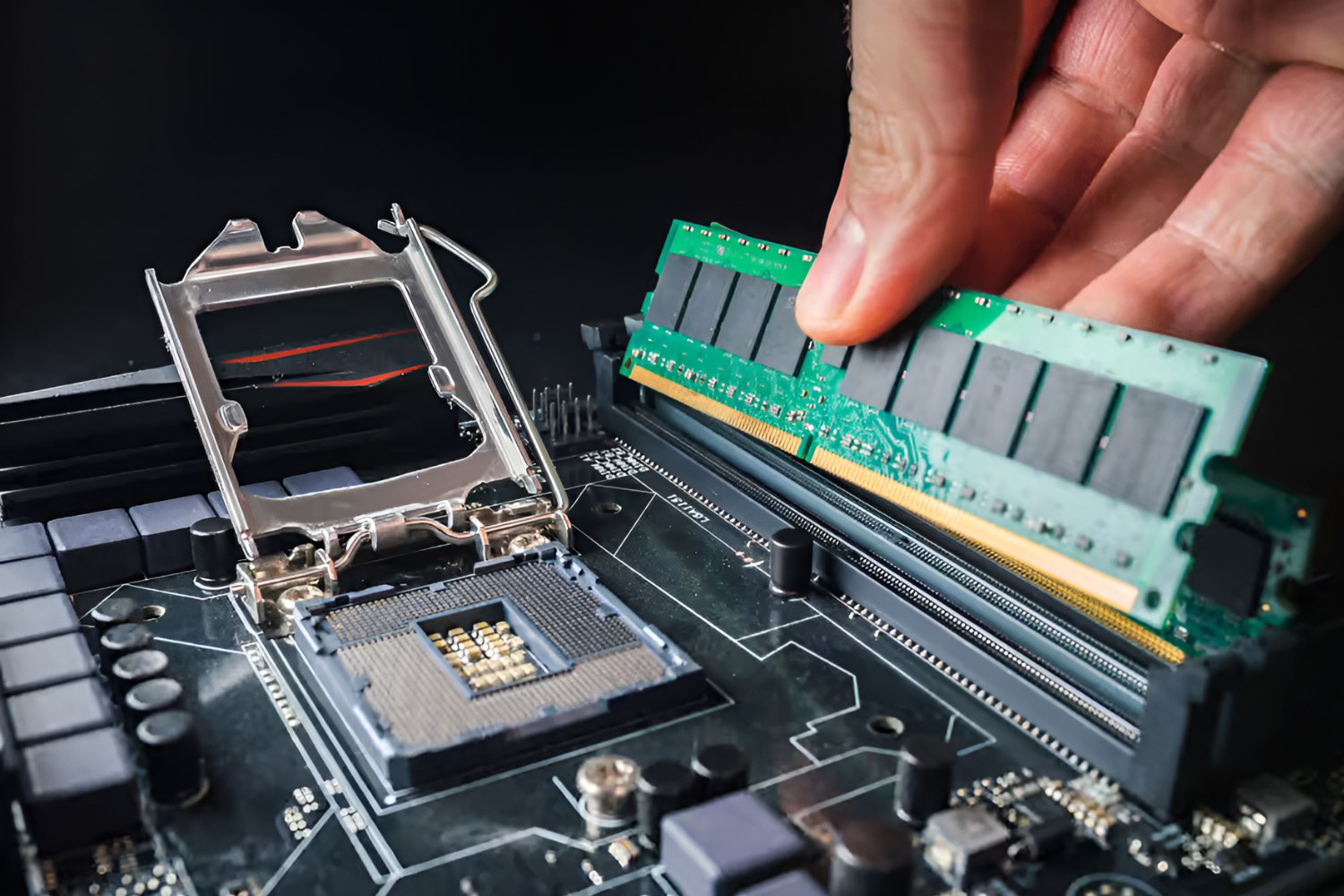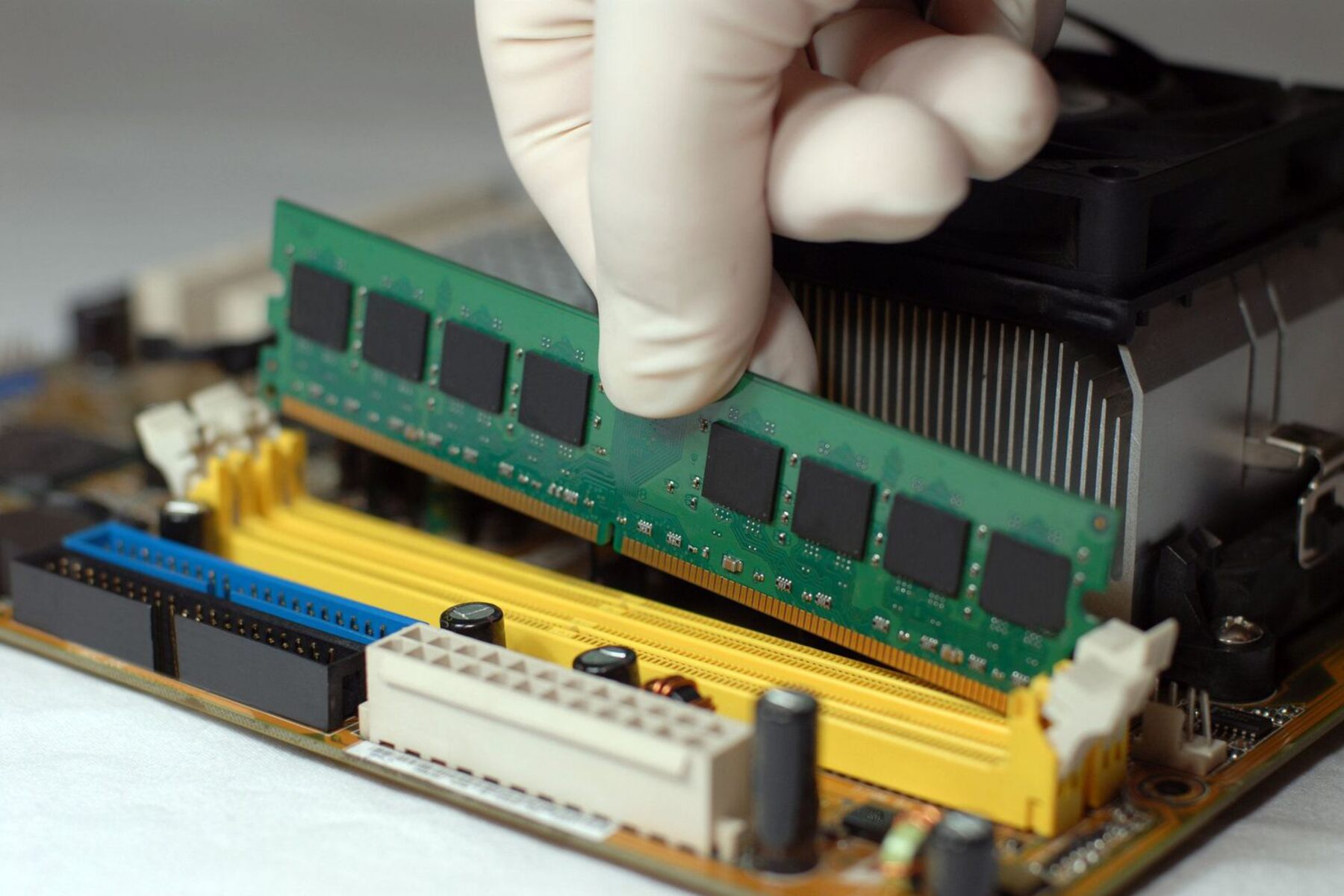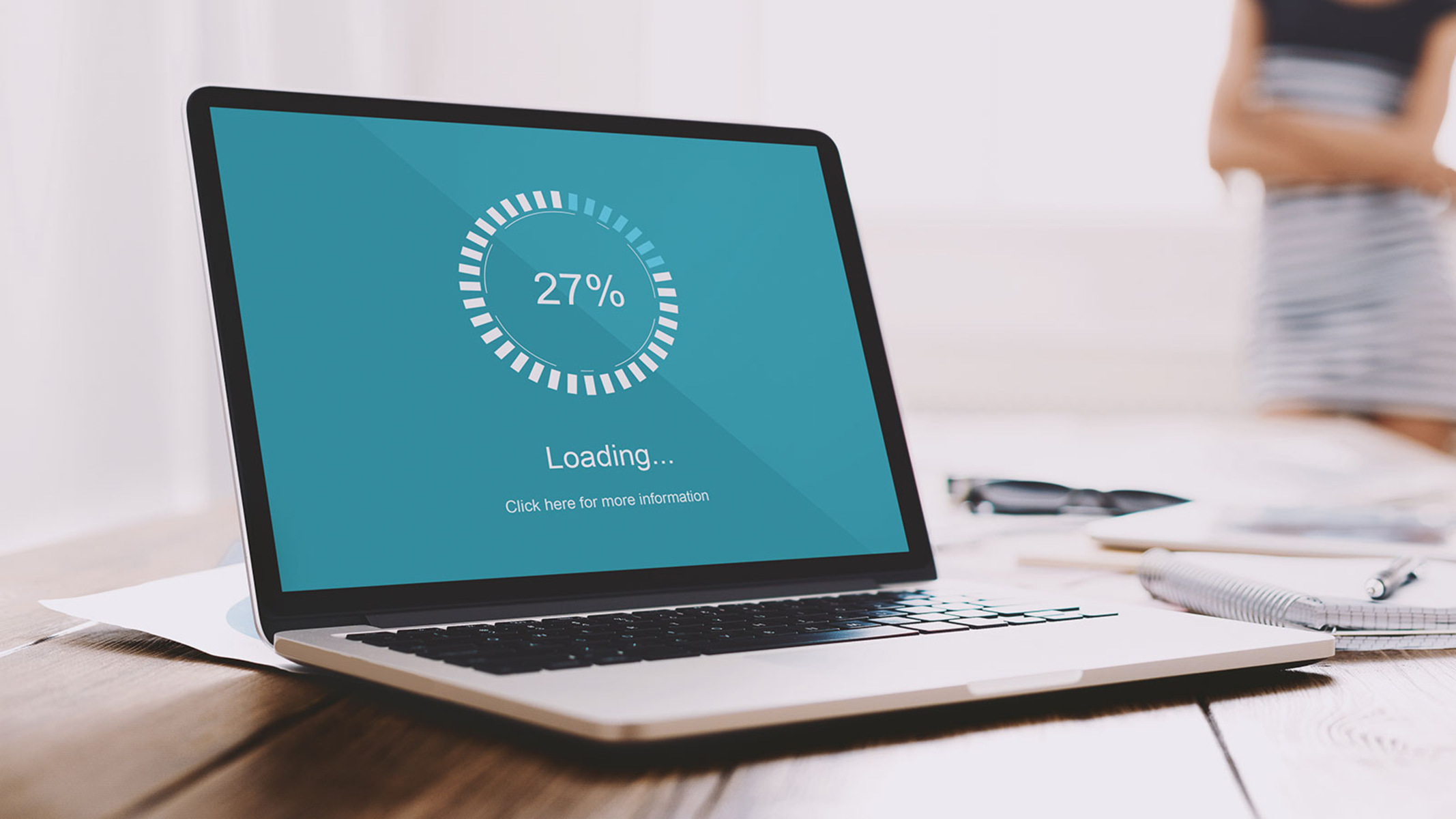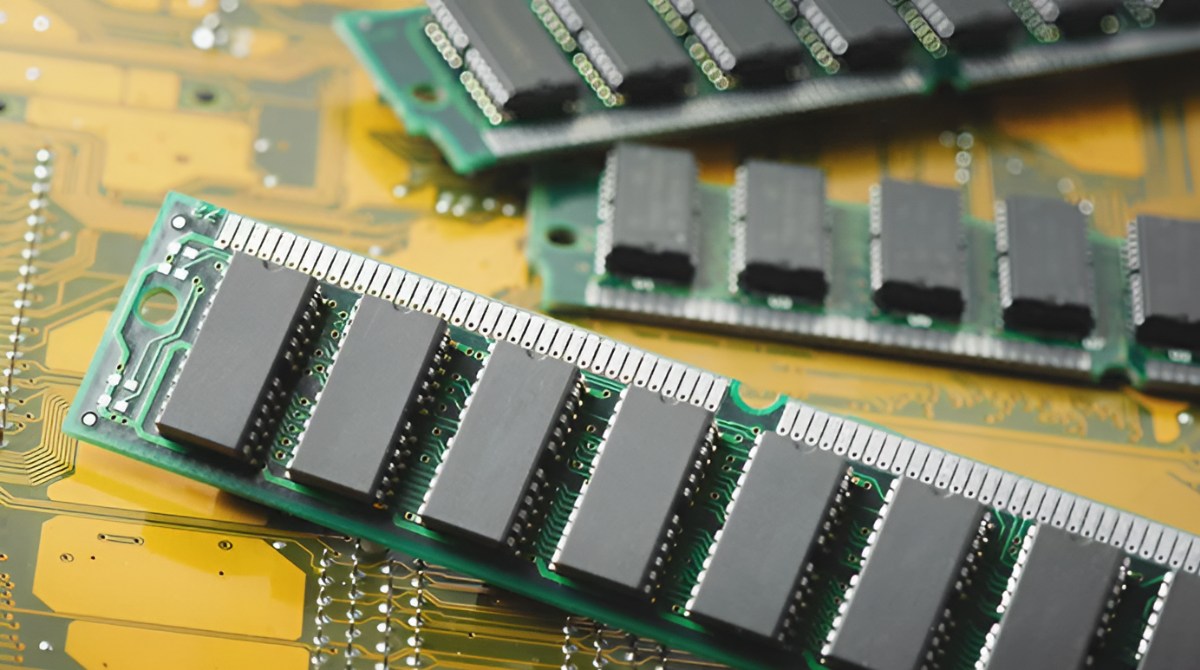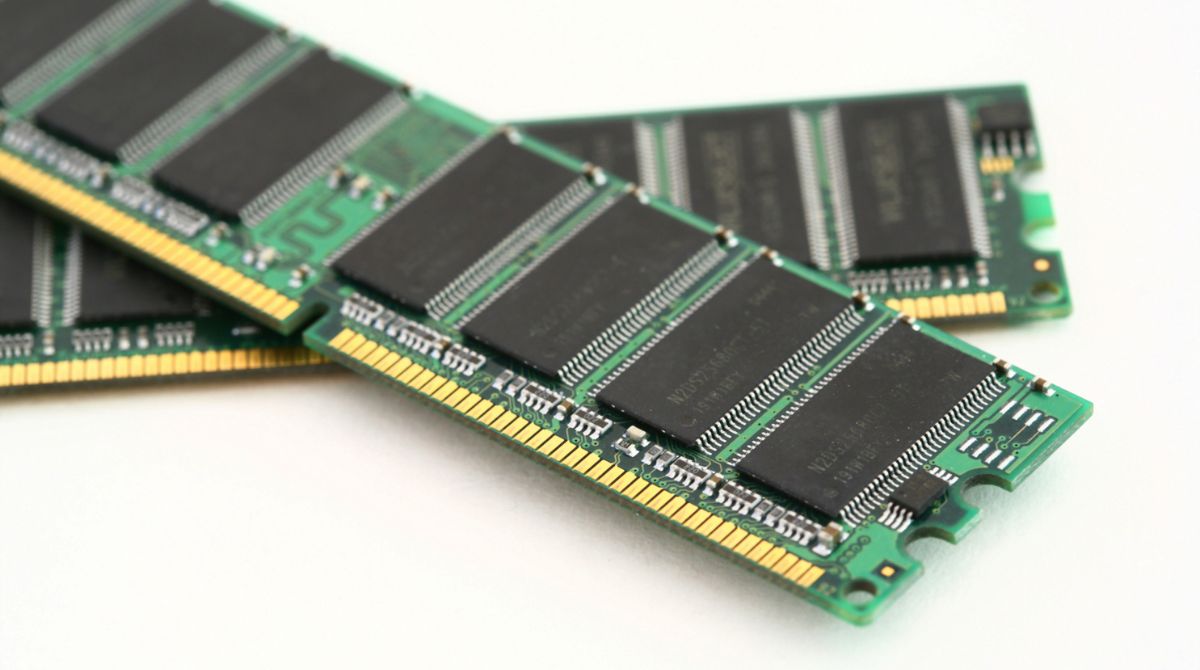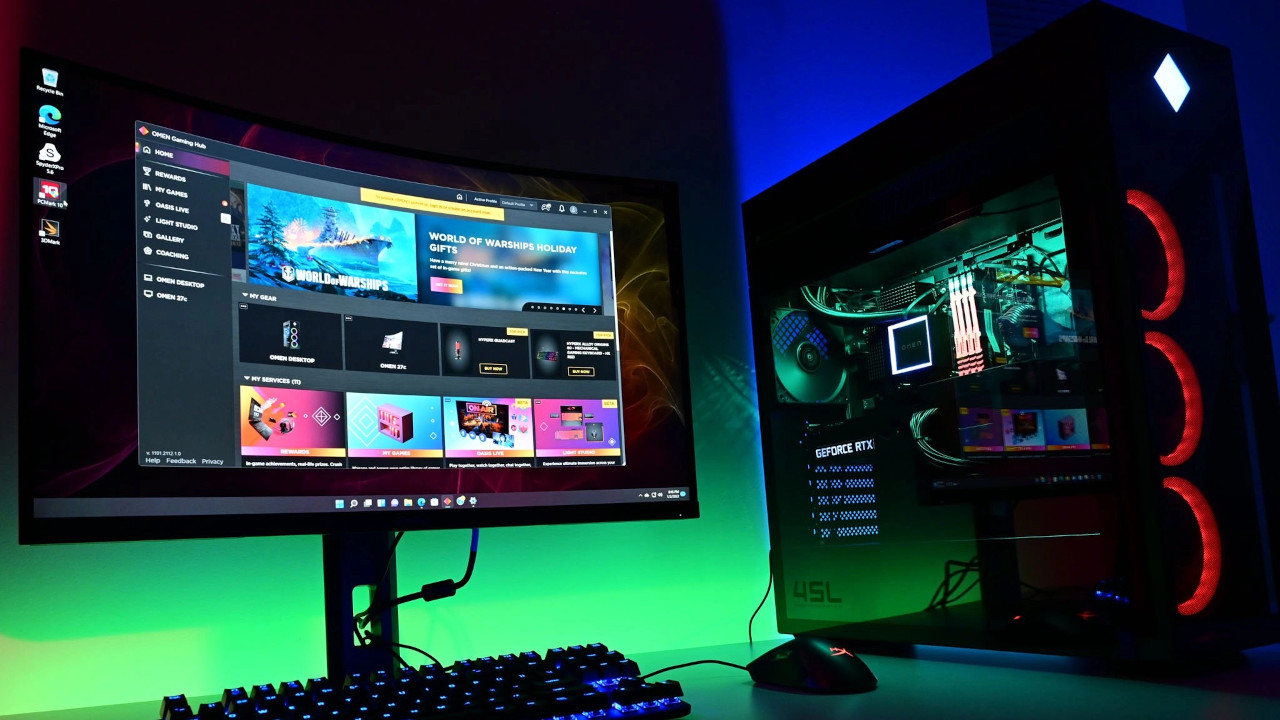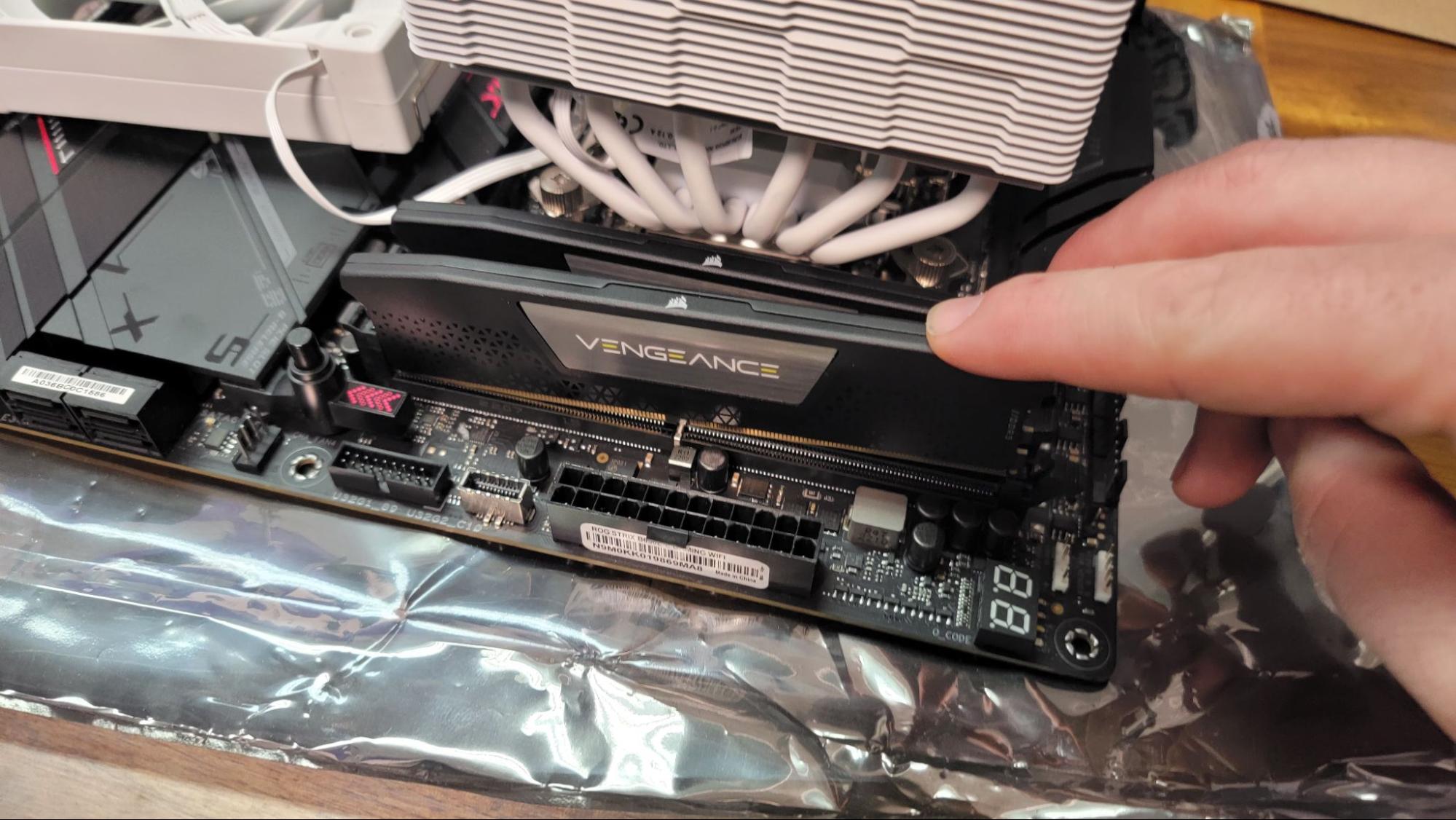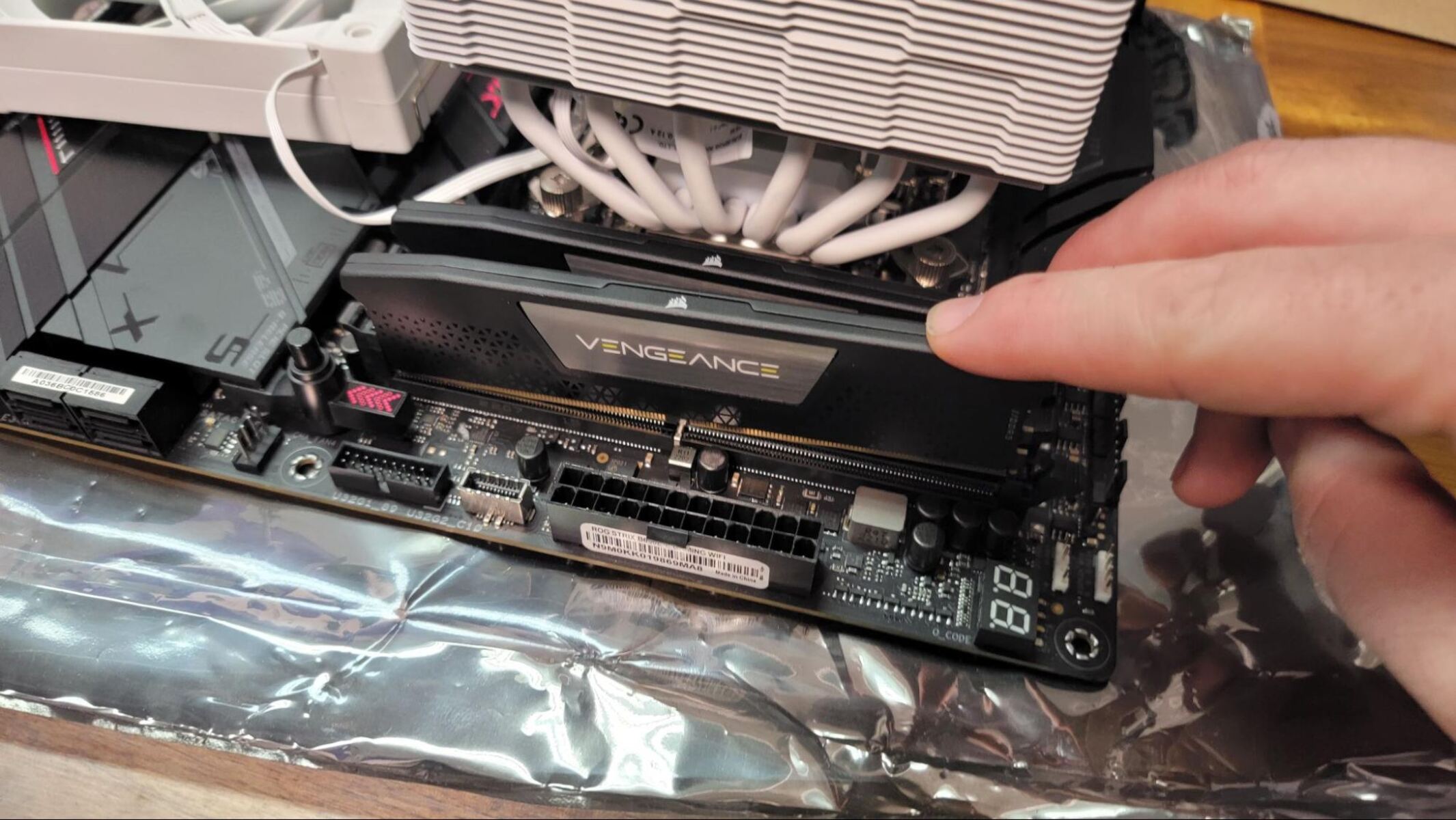Introduction
Welcome to the world of computers, where multitasking and performance are key. If you have noticed that your computer is running slower than usual or struggling to handle multiple programs at once, it may be time to optimize your computer’s use of RAM (Random Access Memory).
RAM is a crucial component of your computer that plays a significant role in its overall performance. It serves as the temporary storage for data that your computer needs to access quickly. Every program, application, and process running on your computer requires a certain amount of RAM to function smoothly.
Unfortunately, many computers are not optimized to use the maximum amount of RAM available to them. This can result in slower performance, lagging programs, and a decrease in overall efficiency. To ensure that your computer is making the most of its available RAM, we have compiled a list of techniques to help you optimize its usage.
In this article, we will guide you through various methods to make your computer use all the RAM it has effectively. Whether you are a casual user or a power user, these techniques will help improve your computer’s performance and enable it to handle demanding tasks with ease.
By the end of this article, you will have a solid understanding of how to optimize your computer’s RAM usage and ensure that it performs at its best, giving you a seamless and efficient computing experience.
Understanding RAM
Before we dive into the various methods of optimizing your computer’s RAM usage, it is important to have a basic understanding of what RAM is and how it affects your computer’s performance.
RAM, or Random Access Memory, is a type of computer memory that is used to store data that is actively being accessed by the computer’s operating system, applications, and processes. Unlike the computer’s hard drive or solid-state drive, which are used for long-term storage, RAM provides fast and temporary storage for data that needs to be quickly retrieved and processed.
The amount of RAM your computer has determines how many programs and processes it can handle simultaneously. If your computer doesn’t have enough RAM, it may struggle to run multiple programs at once, resulting in slow performance, lagging applications, and even crashes.
RAM works by temporarily storing data that is needed by the computer’s programs and processes. When a program is opened, the necessary files and data are loaded into the RAM for quick access. This allows the computer’s processor to quickly retrieve the data, resulting in smoother and more efficient performance.
One important thing to note is that RAM is different from the computer’s storage capacity, such as the hard drive or SSD. RAM is volatile memory, meaning that its contents are lost when the computer is turned off or restarted. This is why it is crucial to optimize your computer’s RAM usage to make the most of the available memory and ensure optimum performance.
Now that we have a basic understanding of RAM and its importance, let’s explore the various methods for optimizing your computer’s RAM usage. By following these techniques, you can improve your computer’s performance and make better use of the available memory, resulting in a faster and more efficient computing experience.
Check Compatibility
Before you begin optimizing your computer’s RAM usage, it’s essential to ensure that your computer is compatible with the desired amount of RAM. Different computers have limitations on the maximum amount of RAM they can support.
To check the compatibility of your computer with a specific RAM upgrade, you can follow these steps:
- Identify your computer’s model and manufacturer. This information can usually be found on a sticker on the back or bottom of your computer.
- Visit the manufacturer’s website or perform a quick online search to find the technical specifications for your computer model.
- Look for the maximum amount of RAM supported by your computer. It is usually listed under the “Memory” or “RAM” section of the specifications.
Once you have determined the maximum amount of RAM your computer can support, you can compare it with the amount of RAM you currently have installed or the amount you intend to upgrade to. If your desired upgrade exceeds the maximum supported by your computer, you will need to consider alternative options or consult with a computer technician for advice.
Additionally, it’s important to ensure that the RAM you purchase is compatible with your computer’s motherboard. RAM modules come in different types and speeds, such as DDR3 or DDR4, and you must verify that your computer’s motherboard supports the specific type you intend to install.
By checking the compatibility of your computer with the desired RAM upgrade, you can avoid purchasing incompatible RAM and ensure a smooth upgrade process. This will allow you to maximize your computer’s RAM usage and enjoy improved performance without any compatibility issues.
Update BIOS
Updating your computer’s BIOS (Basic Input/Output System) can also help optimize your computer’s RAM usage and improve performance. The BIOS is a firmware that is installed on the computer’s motherboard, and it is responsible for controlling the hardware and initializing the software when the computer starts up.
Updating the BIOS ensures that your computer is running on the latest version of the firmware, which often includes important bug fixes, performance improvements, and compatibility updates. These updates can address any issues related to RAM usage and enhance the overall stability and efficiency of your computer’s hardware.
Here are the steps to update your computer’s BIOS:
- Visit the manufacturer’s website of your computer or motherboard.
- Find the “Support” or “Downloads” section of the website.
- Look for the BIOS updates for your specific computer or motherboard model.
- Download the latest BIOS update file.
- Follow the manufacturer’s instructions on how to install the BIOS update. This may involve creating a bootable USB drive or using a specific software.
- Restart your computer and enter the BIOS setup by pressing the designated key (such as Delete, F2, or F10) during the startup process.
- Navigate to the “BIOS Update” or similar section in the BIOS setup.
- Select the BIOS update file you downloaded and follow the on-screen instructions to install the update.
- Once the update is complete, restart your computer.
It’s crucial to note that updating the BIOS carries some risks. If not done correctly, it can lead to system instability or even permanent damage to your computer. Therefore, it is recommended to follow the manufacturer’s instructions carefully and proceed with caution.
Updating your computer’s BIOS can provide performance improvements and optimize your computer’s RAM usage. By ensuring that your BIOS is up to date, you can enhance the overall stability and efficiency of your computer’s hardware, resulting in better performance and a smoother computing experience.
Allocate More RAM to Programs
If you are experiencing slow performance or lagging programs, one way to optimize your computer’s RAM usage is by allocating more RAM to specific programs. By increasing the amount of RAM available to a particular program, you can enhance its performance and ensure that it runs smoothly.
Here’s how you can allocate more RAM to programs:
- Open the program that you want to allocate more RAM to.
- Go to the program’s settings or preferences.
- Look for an option related to memory allocation or usage.
- Adjust the memory allocation settings according to your preference, if available.
- Save the changes and restart the program for the new settings to take effect.
It’s important to note that not all programs have the option to manually allocate more RAM. Some programs will automatically use the available RAM based on their requirements. However, if you are using resource-intensive programs such as video editing software or virtual machines, allocating more RAM can significantly improve their performance.
Keep in mind that allocating too much RAM to a single program can impact the overall performance of your computer. It’s crucial to find the right balance and allocate resources based on your computing needs.
If you are working with multiple programs simultaneously and experiencing performance issues, you might also consider closing any unnecessary programs or reducing the number of programs running in the background. This will free up RAM for the programs you are actively using and help optimize their performance.
By allocating more RAM to specific programs, you can ensure that they have sufficient resources to run efficiently. This can lead to improved performance, reduced lag, and a smoother user experience when using resource-demanding applications.
Close Unused Programs
One effective way to optimize your computer’s RAM usage is by closing unused programs. When you have multiple programs running simultaneously, they consume a portion of your computer’s RAM, even if they are running in the background or minimized.
Closing unused programs frees up valuable RAM, allowing your computer to allocate more memory to the programs you are actively using. This can significantly improve overall system performance and responsiveness.
Here are some steps to close unused programs:
- Identify the programs that are currently running on your computer.
- Look for programs that you are not actively using or those that are unnecessary for your current tasks.
- Right-click on the program’s icon on the taskbar or dock and select “Close” or “Exit.” Alternatively, you can use the “X” button in the top right corner of the program’s window.
- If you are unsure about a program’s function or whether it is safe to close, you can use the Task Manager (Ctrl+Shift+Esc on Windows or Activity Monitor on macOS) to view a list of running processes and their resource usage.
- In the Task Manager or Activity Monitor, select the program you want to close and click on the “End Task” or “Quit” button.
It’s worth noting that some programs may run background processes that are essential for system functions or updates. Closing these types of programs may not be recommended, as it can impact the stability or security of your computer. Exercise caution and only close programs that you are certain are not needed.
To prevent unnecessary programs from automatically starting and using up your computer’s resources, you can also adjust your startup settings. On Windows, you can use the Task Manager or the System Configuration tool (msconfig) to manage startup programs. On macOS, go to System Preferences > Users & Groups > Login Items and uncheck the programs you don’t want to launch at startup.
By closing unused programs and managing your startup programs, you can optimize your computer’s RAM usage and ensure that resources are allocated to the programs you need, resulting in improved performance and a smoother computing experience.
Disable Startup Programs
When you start up your computer, there are often several programs that automatically launch alongside the operating system. These startup programs consume valuable system resources, including RAM, even if you are not actively using them. Disabling unnecessary startup programs can help optimize your computer’s RAM usage and improve overall performance.
Here’s how you can disable startup programs:
- On Windows:
- Open the Task Manager by pressing Ctrl+Shift+Esc.
- Click on the “Startup” tab.
- You will see a list of programs that launch at startup.
- Select the programs you want to disable and click “Disable” at the bottom right corner.
- On macOS:
- Click on the Apple menu and select “System Preferences.”
- Click on “Users & Groups.”
- Select your user account.
- Go to the “Login Items” tab.
- You will see a list of programs that launch at startup.
- Uncheck the programs you want to disable.
When deciding which programs to disable, it’s important to keep in mind that some programs may be necessary for certain functionalities or updates. It’s recommended to research each program before disabling it to avoid potential conflicts or loss of important features.
Disabling unnecessary startup programs not only helps optimize your computer’s RAM usage but also reduces the time it takes for your computer to boot up. By preventing these programs from automatically launching, you can enjoy a faster startup and have more control over which programs are running on your computer.
Remember to periodically review and update your list of startup programs as your computing needs change. By regularly optimizing your startup programs, you can ensure that your computer’s resources, including RAM, are allocated efficiently, leading to improved performance and a smoother user experience.
Clear Temporary Files
Over time, temporary files can accumulate on your computer, taking up valuable storage space and potentially impacting your computer’s performance, including its RAM usage. These temporary files are created by various applications and can include cached data, temporary internet files, and other temporary system files.
Clearing temporary files regularly can help optimize your computer’s RAM usage and free up storage space. Here are a few ways to clear temporary files:
- Using the Disk Cleanup tool:
- On Windows, search for “Disk Cleanup” in the Start menu and open the tool.
- Select the drive you want to clean (usually the C: drive).
- Click on “OK” and let the tool scan for files to clean up.
- Select the types of files you want to delete, such as temporary files, cached files, and recycle bin files.
- Click on “OK” and confirm the deletion.
- Clearing browser temporary files:
- Open your web browser’s settings or preferences.
- Look for a section related to privacy, history, or browsing data.
- Select the option to clear temporary files or cache.
- Choose the types of files you want to delete, such as cookies, cached images, and temporary internet files.
- Click on “OK” or “Clear” to confirm the deletion.
- Using third-party cleaner applications:
- There are various third-party cleaner applications available that can help you clean up temporary files with more advanced options and features.
- Research and choose a reputable and trusted cleaner application.
- Follow the instructions provided by the application to scan for and delete temporary files.
Regularly clearing temporary files helps improve your computer’s performance by eliminating unnecessary clutter and freeing up RAM. It can also lead to faster load times for applications and a smoother browsing experience.
It’s recommended to perform temporary file cleanups periodically to ensure that your computer consistently operates at its best. By optimizing your RAM usage and freeing up storage space, you can enjoy improved performance and a more efficient computing experience.
Run Disk Cleanup
Disk Cleanup is a built-in utility in Windows that helps you free up disk space on your computer by removing unnecessary system files and temporary files. Running Disk Cleanup can not only optimize your computer’s storage but also improve its overall performance, including its RAM usage.
Here’s how you can run Disk Cleanup to clear unnecessary files:
- Press the Windows key on your keyboard and type “Disk Cleanup” in the search bar.
- Select “Disk Cleanup” from the search results. This will open the Disk Cleanup utility.
- Choose the drive you want to clean up (usually the C: drive) and click on “OK.”
- The utility will calculate the amount of disk space that can be freed up. This may take a few moments.
- Once the calculation is complete, you will see a list of file categories to clean up.
- Select the categories you want to remove files from. Common categories include temporary files, downloaded program files, and recycle bin.
- Click on “OK” to start the cleanup process.
- Confirm the deletion by clicking on “Delete Files.”
After the cleanup process is complete, Disk Cleanup will remove the selected file categories, freeing up disk space and potentially improving your computer’s performance, including RAM usage.
It’s important to note that Disk Cleanup focuses on removing unnecessary system files and temporary files. It does not delete personal files or important data. However, it’s always a good idea to review the file categories before deleting them to ensure that you do not mistakenly remove any essential files.
Regularly running Disk Cleanup can help maintain your computer’s performance. By removing unnecessary files, you can optimize your computer’s storage capacity and free up memory, resulting in improved RAM usage and a more efficient computing experience.
Upgrade RAM
If you have tried various optimization techniques and your computer is still struggling to handle the tasks you throw at it, it might be time to consider upgrading your RAM. Upgrading your RAM can significantly improve your computer’s performance, allowing it to handle more demanding applications and tasks with ease.
Before upgrading your RAM, you need to determine the type of RAM your computer supports and how much RAM you can add. To find this information, you can refer to your computer’s documentation or manufacturer’s website. You may also consult with a computer technician or use online resources to determine the compatible RAM for your specific computer model.
The process of upgrading your RAM involves opening your computer’s case, locating the RAM slots on the motherboard, and carefully installing the new RAM modules. It is important to follow proper installation procedures and ensure that the RAM modules are securely inserted.
Once you have upgraded your RAM, you will notice a significant improvement in your computer’s performance. It will have more memory available to handle multiple programs and tasks simultaneously, resulting in faster loading times, smoother multitasking, and improved overall responsiveness.
Upgrading your RAM is an effective way to optimize your computer’s RAM usage. However, it’s important to note that upgrading your RAM alone will not solve all performance issues. It is essential to combine RAM upgrades with other optimization techniques, such as closing unused programs or clearing temporary files.
When purchasing new RAM modules, it’s advisable to buy modules with the same specifications (such as type, speed, and size) as the existing ones in your computer. This helps ensure compatibility and optimal performance.
Upgrading your RAM is a relatively simple and cost-effective way to breathe new life into an aging computer or enhance the capabilities of a newer system. By increasing the amount of RAM in your computer, you can significantly improve its performance and optimize its RAM usage, leading to a smoother and more efficient computing experience.
Conclusion
Optimizing your computer’s RAM usage is essential for maximizing performance and ensuring a seamless computing experience. By implementing the techniques discussed in this article, you can improve your computer’s efficiency, speed, and multitasking capabilities.
We started by understanding the role of RAM and its significance in your computer’s performance. RAM serves as temporary storage for data that your computer needs to access quickly, and insufficient RAM can result in sluggish performance and decreased efficiency.
We explored various methods to optimize your computer’s RAM usage. These include checking compatibility to ensure that your computer supports the desired amount of RAM, updating your BIOS to benefit from bug fixes and performance enhancements, allocating more RAM to specific programs to improve their performance, closing unused programs to free up RAM, disabling unnecessary startup programs to prevent RAM consumption, and clearing temporary files to optimize storage and RAM usage.
Finally, we discussed the option of upgrading your RAM, which can significantly enhance your computer’s performance, especially if you regularly work with resource-intensive applications or multitask extensively.
Remember, optimizing your computer’s RAM usage is not a one-time task. It is important to regularly review and implement these techniques to maintain the efficiency and performance of your computer.
By following these optimization methods, you can make your computer utilize all available RAM effectively and enjoy a smoother, faster, and more productive computing experience.







